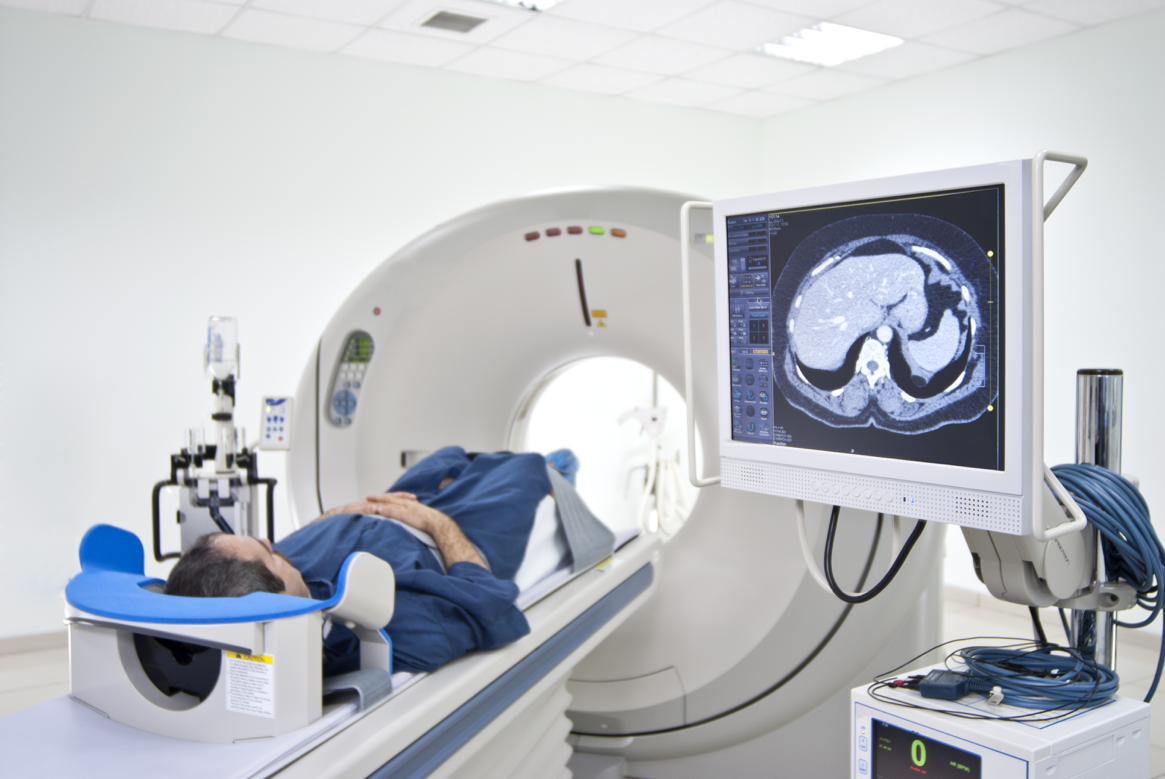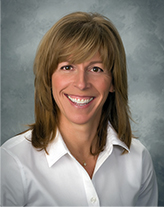Making Full Body PET Scans Better
Scans may be taking a big step forward with full-body PET technology improvements. The recent World Molecular Imaging Conference brought together top minds in the scanning industry, including esteemed biomedical engineer Dr. Simon Cherry. The UC Davis professor said his team is working on a full-body PET scanner with 40 times the sensitivity of current top-of-the-line equipment. It’s a breakthrough researchers have hoped to achieve for decades, and it seems Dr. Cherry is closer than ever to making it a reality.
Making Advances
While it’s possible to obtain a total body scan today, doctors can only scan a segment at a time and stitch together the results. It’s not an ideal solution, because the machine must physically move the patient to scan different body parts, and the process takes about ten minutes. The new full-body scanner will not have this limited axis of view, and should be able to complete a scan in 15 to 30 seconds. The system uses 250,000 detectors and 5,000 channels of electronics to create images with high spatial resolution and a massive amount of data.
Making It a Reality
Such high fidelity scans won’t come cheap. Today’s PET scanners cost around $2 million, and when the new technology hits the market it’s sure to cost more. The high price tag brings a lower injected dose rate, so patients can receive scans more frequently. Tracking disease progression will be easier, as well as monitoring the effectiveness of treatment. To Dr. Cherry, these are the kind of benefits that make the project worth pursuing. His team is currently developing prototypes, and one that’s fit for humans should be ready in four to five months. If the technology lives up to its potential, it will make scans faster, safer and more accurate.

